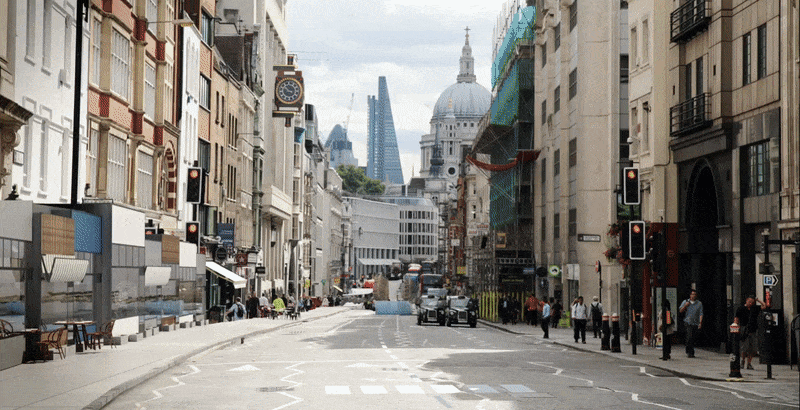Planning a Greener Future: How WATG’s ‘Green Block’ can help make London the world’s first National Park City
By WATG
October 10, 2017
London has been buzzing the last two years following an idea from Guerrilla Geographer and Creative Explorer, Daniel Raven-Ellison, to make London the world’s first National Park City. And during the summer of 2017, London Mayor Sadiq Khan threw his full support behind the campaign to set a long-term target to make more than 50% of the Capital green.
The mission of this campaign is to create a city where people and nature are more connected. A city that is rich with wildlife and every child benefits from exploring, playing and learning outdoors. A city where we all enjoy high-quality green spaces, the air is clean to breathe, it’s a pleasure to swim in its rivers and green homes are affordable.

Following a meeting with Daniel, the WATG Landscape Architecture team were inspired to contribute to this socially important initiative in the Capital. Led by Demet Karaoglu, Senior Project Landscape Architect, the team challenged themselves to an internal innovation competition and the ‘Green Block’ was born.
“It’s safe to say that we can all now envision a future with driverless, electric cars and that translates to fewer cars on the road and fewer car parks and car lanes,” said John Goldwyn, Vice President, WATG. “The Green Block claws back space from the roads and returns it to the people of London.”
The ‘Green Block’ is a maintenance-free modular, living building material permeated with native wildflower seeds and containing its own irrigation reservoir. It can be used in creative ways to enhance the natural biodiversity of London by:
- Reclaiming expanses of tarmac and space made available by redundant roads and car parks, following the rise of autonomous and shared vehicle and bicycle schemes in the Capital;
- Adding greenery to existing cafes and shopfronts whilst cleaning and filtering the city air and creating a more aesthetically-desirable city-scape;
- Cladding buildings and hoarding construction sites;
- Delineating and augmenting cycling routes;
- Connecting the city’s existing parks;
- Allowing residents and property owners in the Capital to create their own urban allotments, replacing concrete front gardens and providing ecological corridors for the city’s native wildlife such as invertebrates, small mammals and raptors.
London is one of the world’s most inspirational, distinctive and iconic cities and Londoners share a long, proud tradition of protecting and enjoying their natural and cultural heritage. The campaign to make London the world’s first National Park City has already garnered support from esteemed friends such as the London College of Communication, Mission:Explore, Queen Mary University of London, National Parks Research, John Muir Trust, London Wildlife Trust and hundreds of individuals and friends that have contributed as Crowdfunders.
This is no small task. Daniel and his many partners, including WATG, are seeking to create a new kind of National Park that sits outside the current legislative guidelines. Currently, to become a National Park in England, Natural England (the government’s adviser for the natural environment in England) must view a landscape as an ‘extensive tract of country’. Designation is granted because of its natural beauty and the opportunities it affords for open-air recreation. Account may be taken of its wildlife, cultural heritage and opportunities to promote the understanding and enjoyment of an areas’ special qualities by the public.
With its distinctive, urban natural and cultural heritage, historic landscape, and many opportunities for outdoor recreation, London meets many requirements for becoming a National Park. It isn’t, however, an ‘extensive tract of country’, in the spirit of existing legislation, nor would it be respectful to our current National Parks to claim that it should be. However, Daniel believes that cities are significant and incredibly important habitats full of potential.
To get involved or support the campaign to make London a National Park City, visit here.
Latest Insights
Perspectives, trends, news.
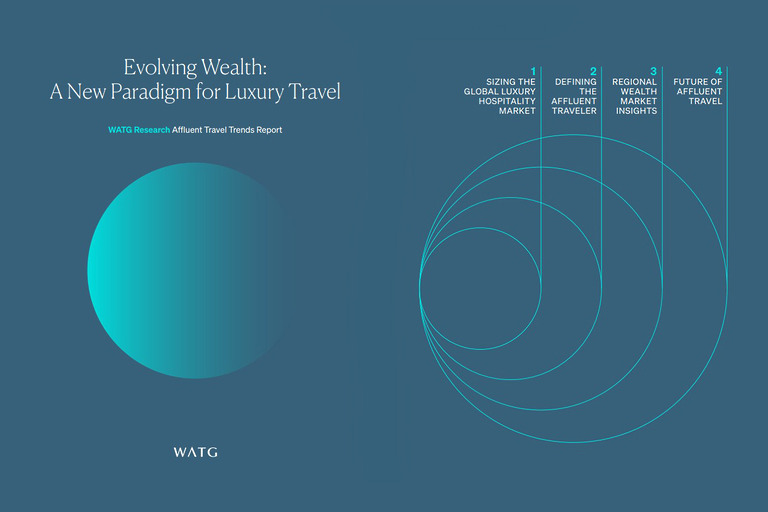
- Strategy & Research
Evolving Wealth: A New Paradigm for Luxury Travel

- Strategy & Research
Evolving Wealth: A New Paradigm for Luxury Travel
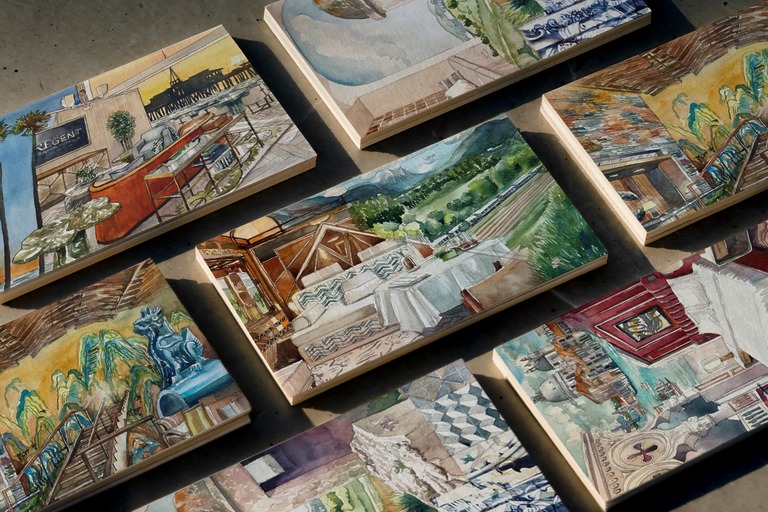
- News
Wish You Were Here: Postcards from our Destinations

- News
Wish You Were Here: Postcards from our Destinations

- News
The Torch, The Screwdriver, and the Pencil – Pete Wimberly’s Story
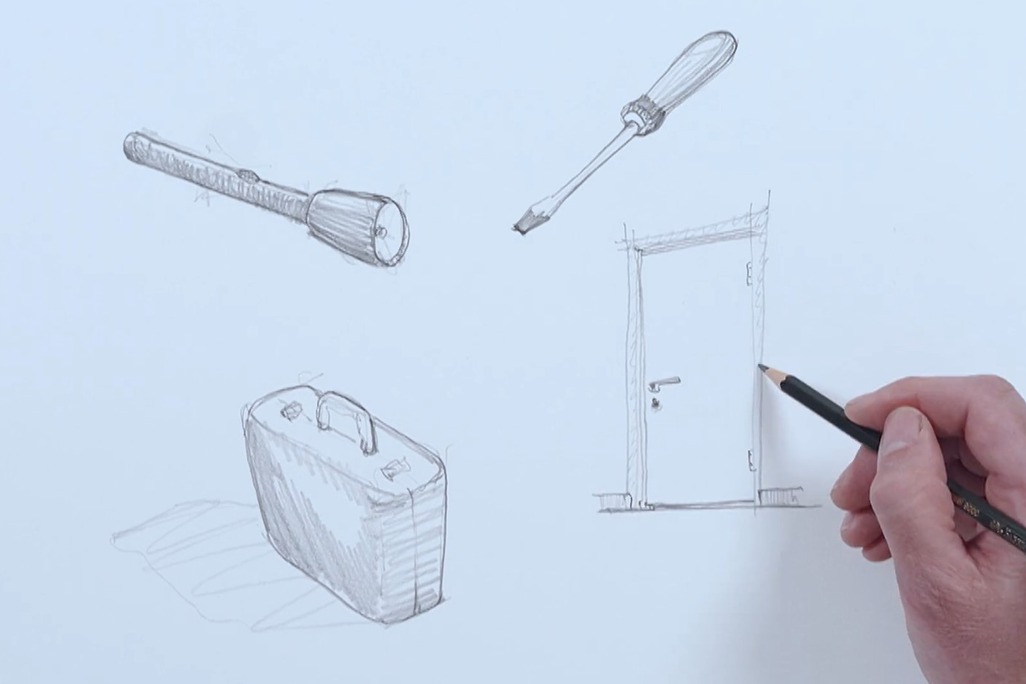
- News
The Torch, The Screwdriver, and the Pencil – Pete Wimberly’s Story
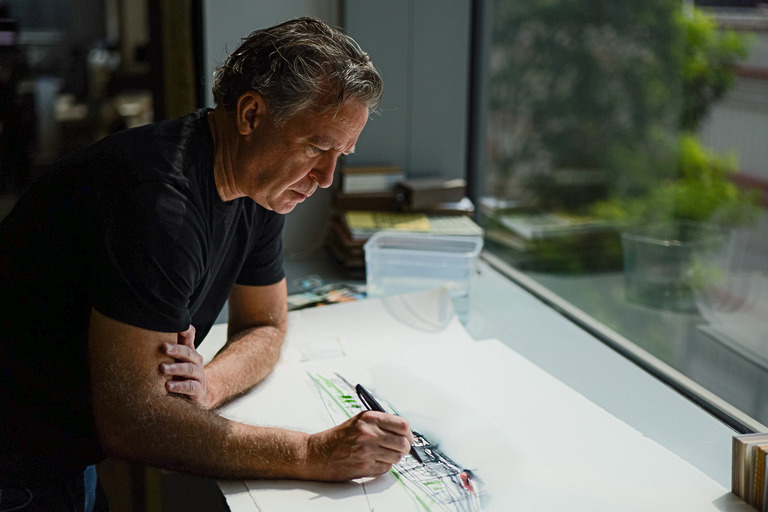
- Employee Feature
Ian Simpson: Constantly Curious, Constantly Creative

- Employee Feature
